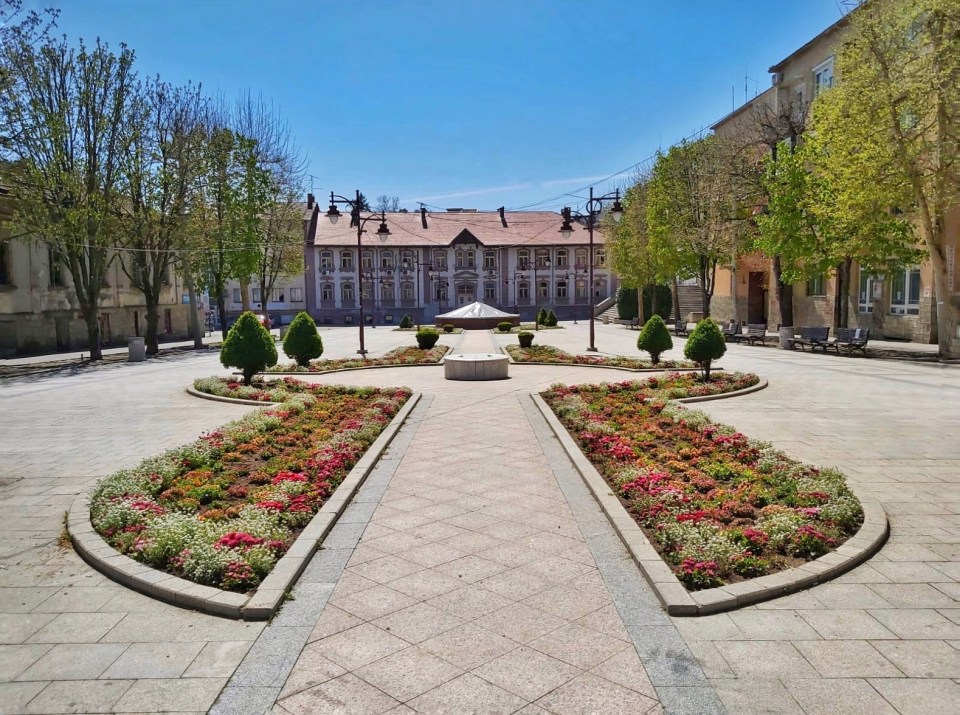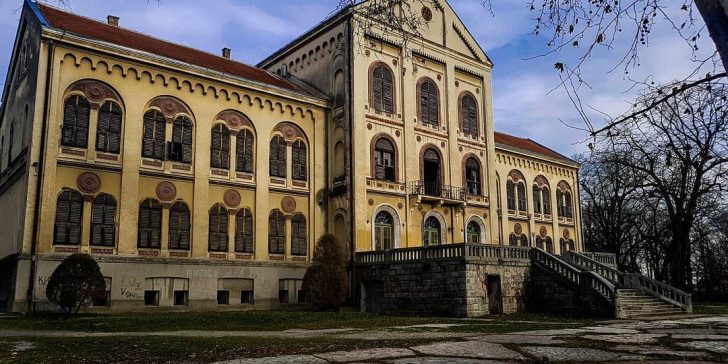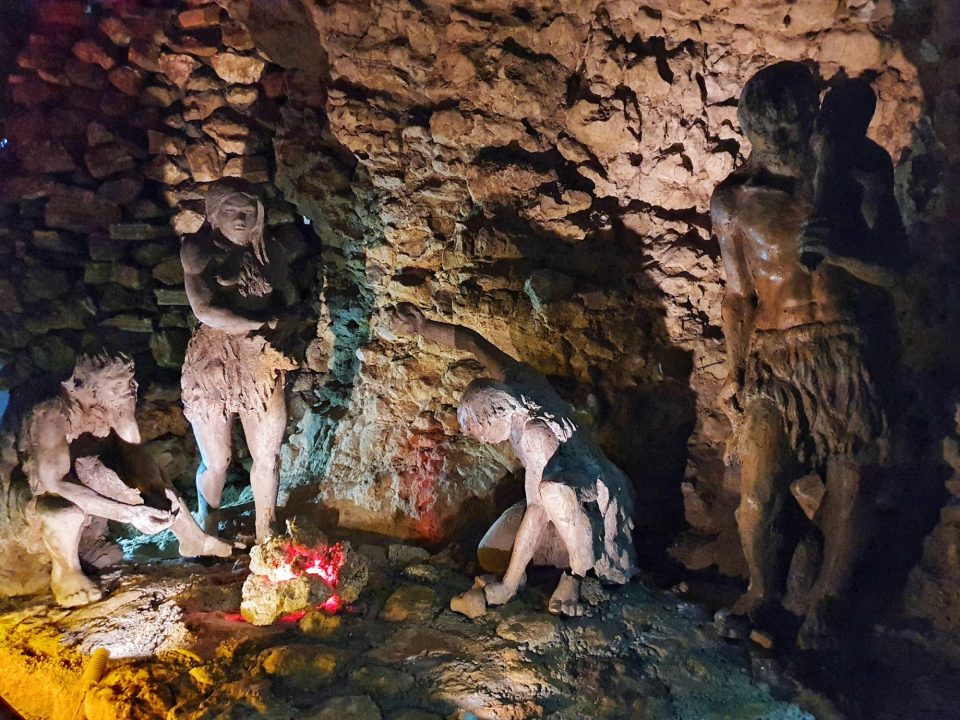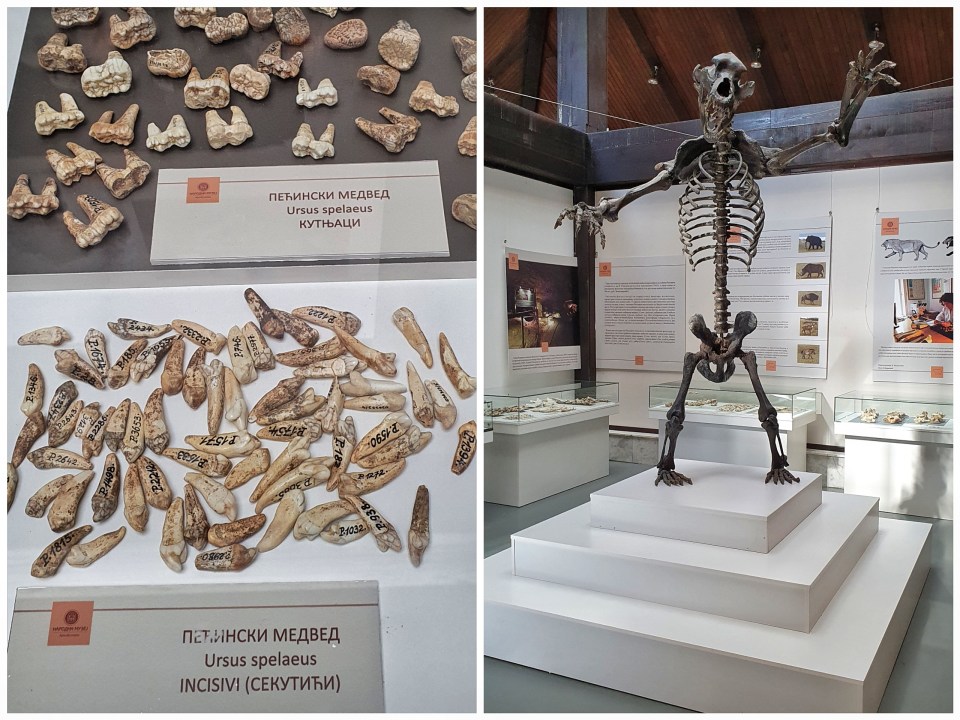Arandjelovac & Bukovicka banja
We headed towards Šumadija. One of the most forested areas in Serbia, which abounds in natural resources and which is the heart of Serbia. On the way through the beautiful Šumadija, we come across a city that enchants us with its beauty at first sight, its hidden secrets, with the spirit of history and natural resources that makes this city special and authentic. We present Arandjelovac, which is located at the 71st kilometer if you are leaving Belgrade.

Arandjelovac is located in the central part of Sumadija, surrounded by the wreaths of Bukulja and Vencac, at an altitude of 270 meters. Material traces of ancient cultures confirm that life in this area has been going on continuously since the Old Stone Age. The settlement of Vrbica, from which Arandjelovac would later develop, was first mentioned in 1735 as "Šanac Vrbica", a settlement with 50 houses and 300 inhabitants. By the decree of Prince Miloš on the cultivation of the surrounding villages, a small town was created in 1839 at the foot of the Risovača hill, which developed along the left bank of the Kubršnica towards Mladenovac, and later according to the mineral water springs in Bukovik. Thus, Arandjelovac got the form of a typical road settlement, formed from a part of the village of Vrbica and a part of the village of Bukovika.
Arandjelovac is known as the place in the vicinity of which Karadjordj raised the First Serbian Uprising. However, while Karadjordj chose Topola as his residence, the Obrenovic dynasty built Arandjelovac as its summer resort. During their rule, the city was turned into a fashionable spa of Serbia and Yugoslavia in the 19th century, founded on the water springs of Knjaz Miloš. In the center of the Arandjelovac park, the Old Building was also built - the summer castle of the Obrenović dynasty. Arandjelovac is therefore the only city in Serbia whose coat of arms includes both Karadjordj and Milos Obrenovic.
During the second reign, on his way through the town, Prince Milos promised to build the church "Saint Arandjel", and by the Decree of August 1, 1859, he confirmed this and said in the last sentence: "Let the town of Vrbica be called Arandjelovac from now on. “
After the Serbian uprisings of 1804 and 1815, the place developed and prospered. Ilija Garašanin was born in the village of Garaši. Mihailo Obrenović is building the Old Building as his summer residence. The people of Arandjelovac were considered loyal to the Obrenović family, and they reluctantly accepted the change of the royal dynasty in 1903.
Ilija Mihailović was the most influential in the city for "thirty years". When the municipal government changed in December 1936, they roasted an ox on a spit and burned incense to the municipal building with six incense burners.
In 1941, Kosta Pećanac invited the assembly of the pre-war Chetnik association to Bukulja and proposed cooperation with the Germans. After the parliament, Pećanac went to eastern Serbia. In 1945, the communist government of Yugoslavia brought the Montenegrin Metropolitan Joanikije Lipovac to Arandjelovac, where he was killed. The place where his earthly remains rest remains unknown to this day.
Arandjelovac was liberated in the battles of September 1944 in the Second World War.

From the entrance to the city, once the village of Vrbica and today the narrower city area, leads a long main street all the way to the city center, where Bukovicka Banja is located in an area of 24 hectares of beautiful park. Today, the trade and craft zone is protected as an old bazaar, which, as in the past, houses shops, cafes, pastry shops, restaurants. Risovača cave. Orašac, the third protected zone, is located at the entrance to the city.
Bukovicka Banja Park
Bukovicke Banja Park covers an area of over 22 hectares. The land for the park was bought in 1849, and then the first paths were marked, trees were planted, a spring was arranged and the Talpara bathroom was built. The erection of the park in the present sense of the word began in 1856, when paths were cut, tree lines were formed along them and around wooden apartments for visitors, lawns, flower beds were formed and the warm bathroom of Đular was arranged. In the seventies of the 19th century, during the reign of Prince Mihailo Obrenović, Bukovicka Banja became one of the best arranged spa resorts, and the reputation of the best spa in Serbia remained until before the First World War.
The old building, the oldest preserved building in the park of Bukovicka Banja, a representative example of the architecture of Serbian romanticism, was built by Prince Mihailo Obrenović in 1865. years as the summer residence of the dynasty and the assembly house.
The discovery of the thermal spring in 1935 conditioned the construction of a modern hot bath, an outdoor swimming pool with mineral water, the Šumadija hotel and the recapture of the Đular and Talpar springs.

Risovačka cave
At the entrance to Arandjelovac, on the right side of the river Kubršnica, rises the hill Risovača with a cave, a significant archeological and paleontological site. Many years of research into the Risovača Cave have revealed many fossilized bones and teeth of numerous animal species that lived on the steppes around Risovača during the last ice age. The found stone and bone tools confirm that the Risovačka cave was a habitat of Neanderthal hunters in the middle period of the Old Stone Age.
Due to its natural features and cultural-historical values, the cave has been declared a natural monument and a cultural asset of exceptional importance. Today, the Risovac Cave is arranged according to all the principles of modern presentation and annually receives thousands of visitors from the country and abroad. Long - term archeological - paleontological and speleological research in Risovača has revealed an abundance of fossilized remains of Pleistocene fauna, as well as traces of material culture of Neanderthal hunters - artefacts of stone and bone, which confirm the Paleolithic age of this station.

Bukulja Mountain
Bukulja Mountain covers the town and the spa. The height of 696 m makes it ideal for altitude training of sports teams. Marked hiking trails leading from the spa park lead to the very top. At the top of Bukulja, a 19 m high observatory is open to visitors, which offers a magnificent view of a large part of Šumadija.
Walking paths
The hiking trail starts at the entrance to the "Colorful Gate", in the spa park and leads next to the mineral water source towards the hotel "Izvor", further along Bukulja, near the city museum to the top of the mountain.
National Museum in Arandjelovac
The National Museum of Arandjelovac is located above the park and is quite far from the city. It was founded in 1981 and, as I have already mentioned, it contains, among other things, numerous fossil remains from the Risovača cave.

The exhibition "Millennium" on the ground floor of the museum preserves and displays objects from different areas and periods, from the Old Stone Age to the traditional objects of Šumadija villages.
The central part of the museum is occupied by a life-size skeleton of a cave bear.
Here you can see a ceramic vessel over 30 centuries old, objects found in Celtic necropolises, Roman pillars of ancient culture, all the way to the recent history of both Serbian uprisings.
Strengthen your soul and body in Bukovicka Banja & enjoy all the charms of Arandjelovac.
Source: www.mojsvetuboji.com, bukovickabanja.rs












